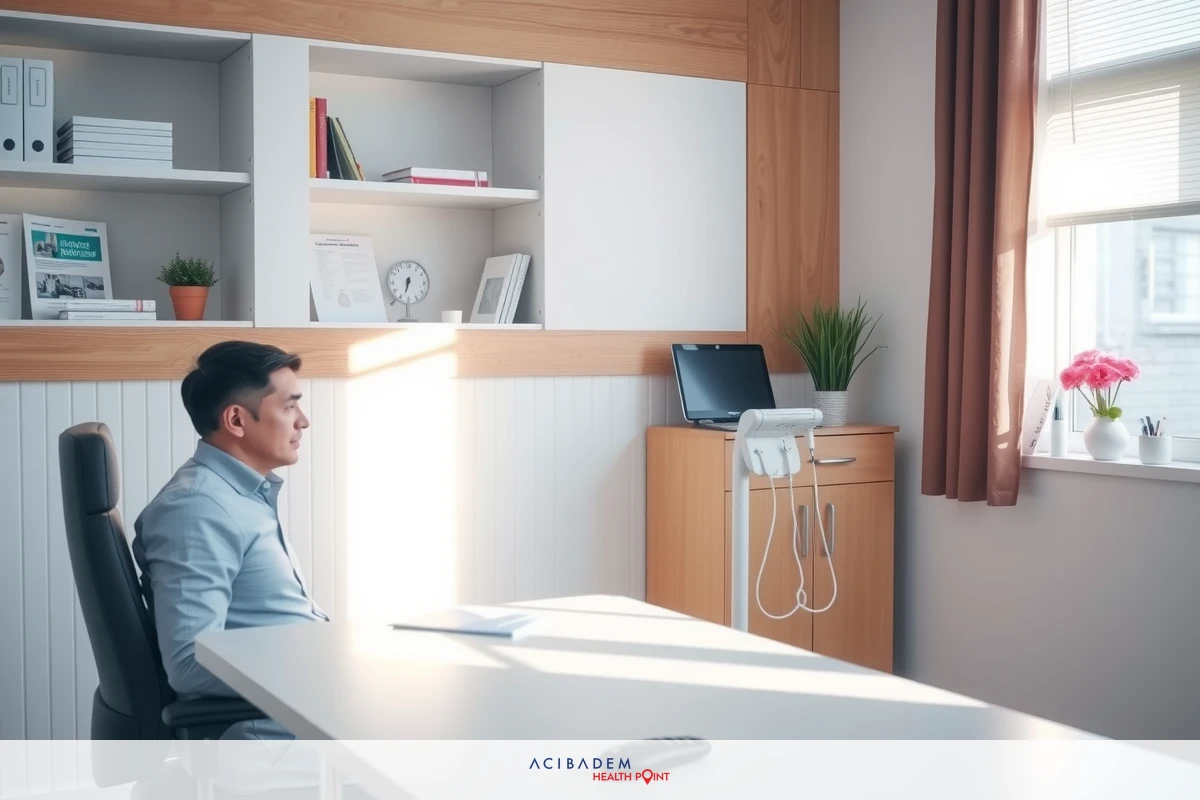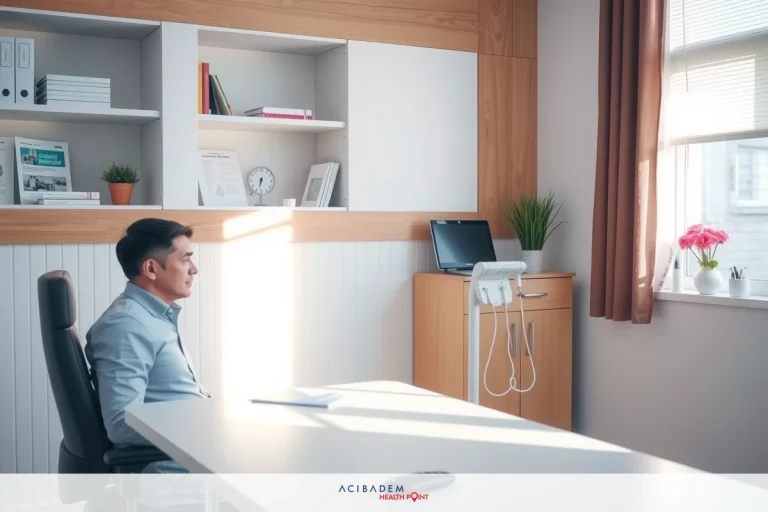How to Make Insurance Pay for Rhinoplasty
How to Make Insurance Pay for Rhinoplasty Dealing with insurance companies can be a daunting task, especially when it comes to understanding the intricacies of coverage policies. The labyrinthine nature of these policies often leaves many feeling overwhelmed. Understanding what qualifies for coverage and how to maximize reimbursement becomes critical, particularly in cases like rhinoplasty.
Rhinoplasty procedures vary from being purely cosmetic upgrades to medically necessary interventions. While most insurance companies are reluctant to cover cosmetic surgeries, certain medical conditions necessitating a nose job might qualify for coverage. Navigating this divide precisely demands careful examination of policy norms and effective communication with your insurer.
Understanding Insurance Coverage for Rhinoplasty
The world of insurance coverage can feel like a labyrinth, particularly when it pertains to specific procedures such as rhinoplasty. Many factors come into play when determining eligibility for coverage. The reason behind the surgery, whether cosmetic or medical necessity, is one key determinant that insurance companies consider.
For instance, if you’re seeking rhinoplasty purely for aesthetic enhancement, chances are slim that your insurance provider will cover the expenses. However, if the procedure becomes essential due to breathing issues or because of an injury affecting nasal function – then there’s a higher likelihood your claim could be successful. It’s vital to understand these distinctions and work with both your physician and insurer in presenting a solid case.
Although reimbursement claims might seem daunting initially, remember this process requires meticulous documentation. Start by consulting with both your healthcare provider and insurance company about potential coverage options and required paperwork. Keep records of all consultations related to your condition necessitating rhinoplasty – these documents serve as effective supporting evidence during claim evaluations.
Navigating through policy norms isn’t always straightforward; nevertheless, knowledge about how insurers view rhinoplasties from different angles helps set realistic expectations regarding reimbursement possibilities.
Steps to Maximize Insurance Reimbursement
Securing insurance reimbursement for rhinoplasty can be a complex process. However, there are specific steps that you can follow to increase your chances of success. These strategies revolve around thorough documentation, understanding policy norms, and ensuring appropriate pre-authorizations.
- Thorough Documentation: Start by keeping detailed records of all medical consultations related to the condition necessitating your rhinoplasty procedure. This includes doctor’s notes, test results, and any prescribed treatments.
- Understanding Policy Norms: Familiarize yourself with your insurance company’s policies regarding rhinoplasty coverage. This may require reading through policy documents or consulting with an insurance representative.
- Pre-Authorization: Prior to surgery, obtain pre-authorization from your insurer if required under their policy guidelines. Pre-authorization is essentially receiving approval in advance for planned procedures based on the information provided about its necessity.

A man is seated at his desk in a well-lit office with a large window. The room is equipped with modern furniture including bookshelves, storage units and office chairs. It has a calm and professional atmosphere. - Claim Submission: Prepare and submit a claim form outlining why the rhinoplasty was needed along with relevant supporting documents such as medical reports or doctor’s notes.
- Follow-up Communication: Stay proactive in communicating with your insurer after submitting the claim form – this helps speed up the evaluation process and provides opportunities for addressing potential concerns early on.
- Appealing Decisions: If at first you don’t succeed – appeal! Not every denial is set in stone; presenting additional evidence or clarifications could potentially overturn initially rejected claims.
By following these steps diligently, you lay down a strong foundation towards maximizing possible insurance reimbursements for your rhinoplasty procedure.
How to Make Insurance Pay for Rhinoplasty: Consulting Your Insurance Company
Establishing clear and effective communication with your insurance company is an integral part of securing coverage for rhinoplasty. The journey starts with
understanding the specifics of your policy – it’s crucial to know what is covered, any applicable limitations or exclusions, and the process for filing claims. This knowledge empowers you in discussions with insurers, enabling you to ask pointed questions and seek clarifications that align with their established norms.
Engage actively during these interactions by presenting all relevant information about your case clearly – be it related to medical necessity or other factors contributing towards a potential claim approval. Documentation plays a significant role here; provide detailed records from consultations, test results, prescribed treatments, even historical data if applicable – anything that can substantiate the need for rhinoplasty. It’s also beneficial to have pre-authorization documents handy as they often serve as strong evidence supporting your claim.
Still, remember that not all initial requests result in immediate success. There may be occasions where your request could be denied at first glance. In such instances rather than feeling disheartened take this as an opportunity to better understand why this decision was made – explore grounds for appeal whenever possible! Appeal processes are designed exactly for situations like these allowing room for dialogue reconsideration based on fresh evidence or clarification provided against previously raised concerns.
In essence successfully navigating through insurance reimbursement processes demands more than just basic awareness – it requires active engagement thorough documentation attention-to-detail patience perseverance and most importantly effective communication with your insurer.
How to Make Insurance Pay for Rhinoplasty
Frequently Asked Questions
What factors does my insurance company consider when assessing coverage for rhinoplasty?
Insurers primarily look at whether the surgery is medically necessary or cosmetic. Documentation from your doctor stating why you need the procedure can be very helpful in these cases.
How do I ensure a successful insurance claim for rhinoplasty?
Start by understanding your policy's specifics about covering procedures like rhinoplasty and follow their guidelines rigidly. Keep meticulous records of all medical consultations related to your condition - this serves as supporting evidence during claims evaluation.
Pre-authorization simply implies preliminary approval based on provided information, but it doesn’t necessarily guarantee complete coverage post-procedure. It’s crucial to continue communicating with your insurer throughout the process.
My initial request was denied; what steps should I take next?
Don't lose heart if an initial request gets rejected! You can appeal this decision by providing additional evidence or clarification against previously raised concerns - insurers often reconsider decisions through their appeal processes.











